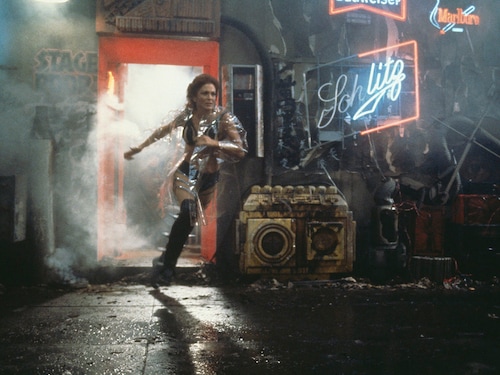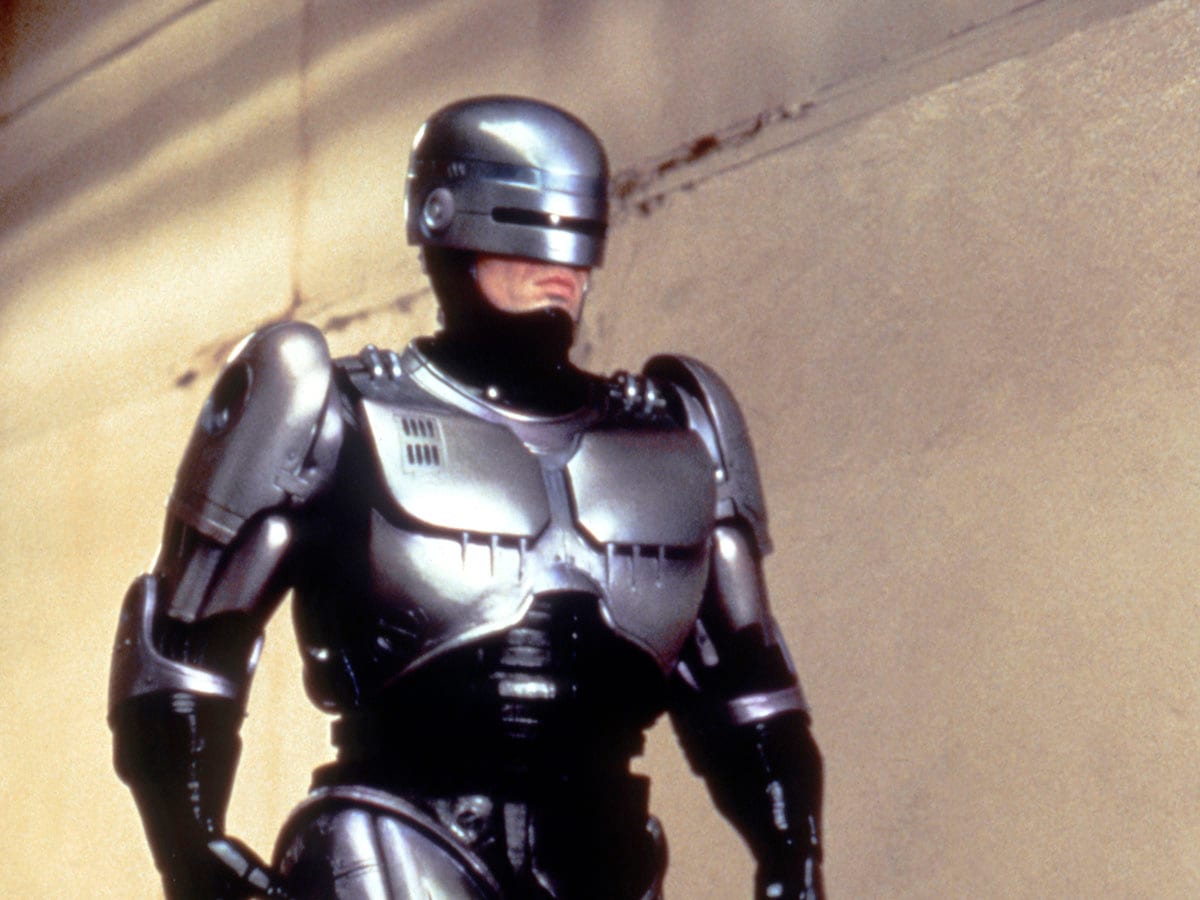Of humans, machines and what lies between them - Part 2
In a series of articles, Forbes India looks at films that have depicted artificial intelligence in unique ways, and raised some profound questions


While Blade Runner seeded the concept of memories being the core of human existence, as distinct from machines, it was its sequel that made memories its focal point. The 2017 film, with Denis Villeneuve as director and Ryan Gosling as its protagonist K, builds on the concept of how memories shape our individual sense of self and gives us an identity as humans in a world where all other identities have fallen by the wayside. Deckard reappears and joins the dots between the two editions of the film, but it is Gosling—in a far cry from his characters in the likes of La La Land and Barbie—who delivers the gut-wrenching role of K, who desperately holds on to the hope of being a human, based precariously on a single, fragmented memory.
When the sequel of Blade Runner was announced, it was obvious what Villeneuve was up against. And yet, he delivered what was known to be an impossible task. Cinematographer Roger Deakin contributed in no small means to this success, and won his first Academy Award for his work. Although the sequel did not create the shock-and-awe that the visual spectacle of Blade Runner did, it successfully created its own artistic language.
Also read: Of humans, machines and what lies between them
***

American actor Peter Weller on the set of RoboCop, directed by Paul Verhoeven. Image: Orion Pictures Corporation/Sunset Boulevard/Corbis via Getty Images
The film is set in crime-infested Detroit, where police officer Alex Murphy (Peter Weller) is brutally tortured and killed by criminals, and then brought back to life by a private corporation in the form of a robotic policeman called RoboCop. He is heavily armoured, and physically near-invincible and is programmed to follow only specific orders and protocols, while being devoid of human emotional fallibilities. As RoboCop goes about fighting crime, the vestiges of what remains human within him remembers his past, including those who killed his former self.
In a distinct departure from the over-the-top violence and gore in the film, there is a short sequence in which RoboCop visits his former home, which is now up on sale. There, moments and memories from the past come flooding back to him, and he remembers his wife and son, and the love and warmth they had shared. At the end of the film, when RoboCop is asked what his name is, he replies, “Murphy", indicating that he has reclaimed his identity as the human policeman that he once used to be.
First Published: Jun 17, 2025, 13:47
Subscribe Now